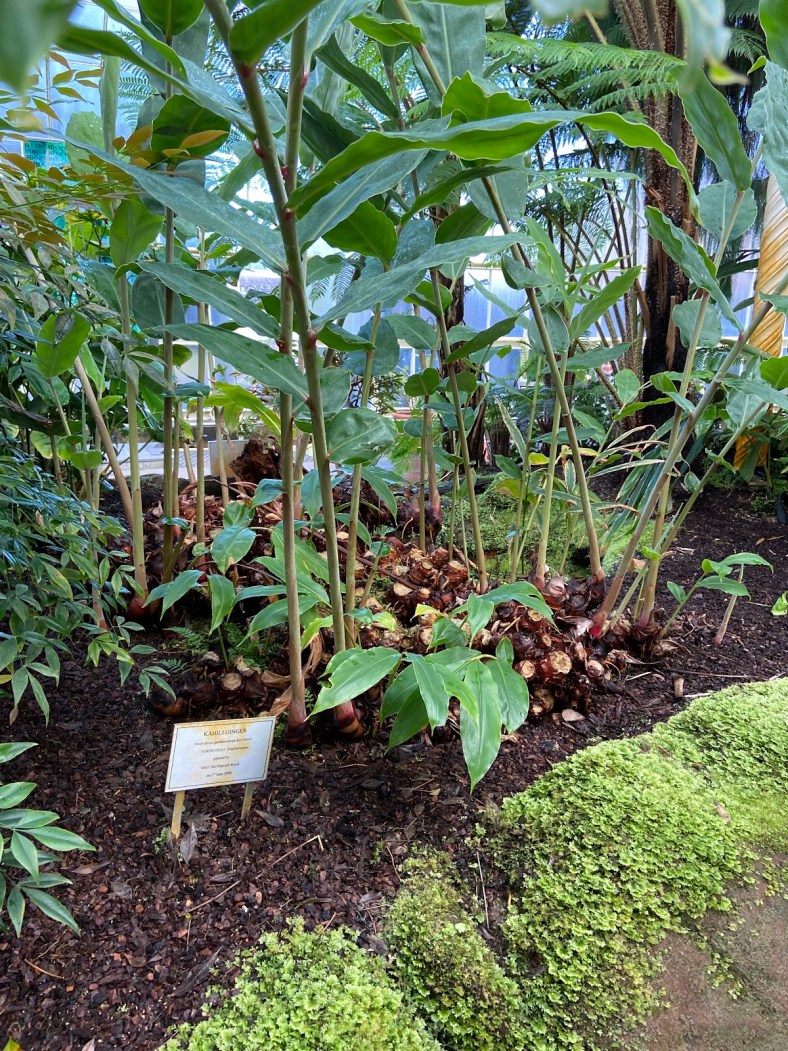One dominant variety of ginger, Zingiber officinale, is often used to flavor our home cooked stir-fry’s, but did you know there are more than 1200 species in the Zingiberaceae family?
Myoga ginger or Japanese ginger (Zingiber mioga) has become a popular greenhouse grown CEA crop. This beautiful and unusual plant is native to Japan, China and South Korea and produces flowering buds at its base that are used in oriental cooking. In Japan, this plant is revered because it is connected to spiritual events related to a good rice harvest. Myoga translates as ‘divine protection’.
Myoga contains the terpene alpha-pinene, known to be neuroprotective. The buds are high in anthocyanins and can prevent lifestyle diseases. The taste is less pungent than western ginger, so eating raw flower buds (the only edible part of myoga) in salads or as pickles are the best way to gain these health benefits.
Growing Myoga in hydroponics or soil


Myoga ginger, grown in soil (left) and aeroponics (right). We think soil grown is better for this plant, but it is worth experimenting with different substrates and hydroponic techniques. LEDs will encourage growth and flowering either way.
There are many other varieties of ginger, but one that pops up a lot in videos is shampoo ginger (Zingiber zerumbet (L.)). It has properties that are good for hair conditioning, and often you will see people running their hands through the flower fronds to release the trapped liquid within to wash their hair.

Zingiber zerumbet (L.) otherwise known as Shampoo Ginger
In the wild, ginger can grow up to five feet in hot humid locations and proliferate with ease, coming up annually to produce new rhizomes. In cooler climates, we only see these plants in municipal hothouses.

Hedychium Gardnerianum ‘Kahili’ Ginger native to India was spotted in the Botanics, Glasgow.

Part of the landscape, wild ginger, was found on a hike in Hawaii, courtesy of Chris Higgins and his wife.
Janet Colston PhD is pharmacologist with an interest in growing ‘functional’ foods that have additional phytonutrients and display medicinal qualities that are beneficial to human health. She grows these using a range of techniques including plant tissue micropropagation and controlled environmental agriculture to ensure the highest quality control.


